On February 25, 2025, Bitcoin fell below $87,000, falling to its lowest level since mid-November last year.
What happened in the crypto market? Golden Finance Xiaozou summarized the reasons for the decline, and the possible reasons are as follows:
1. Many U.S. states have reservations about the Bitcoin reserve proposal
Before this decline, many U.S. states had reservations about the Bitcoin reserve proposal.
BRN analyst Valentin Fournier said: "Despite US President Trump's recent support for Bitcoin, the three state-level Bitcoin reserve proposals in Montana, North Dakota and Wyoming have not been passed. In order to avoid being accused of using taxpayer funds for speculation, policymakers are reserved about state-level Bitcoin reserves, highlighting the political risks." Fournier added: "In the future, a national reserve strategy supported by bond issuance or partial sales of US gold reserves may be a more feasible path to adoption."
2. Decline in global money supply
Some observers believe that Bitcoin's weakness is consistent with the downward trend in global money supply at the beginning of this year.
Andre Dragosch, head of European research at Biwise, noted on the X platform: "There seems to be a lag between global money supply and Bitcoin prices."
3. Macro uncertainty Crypto market capital outflow
The continued adjustment of the cryptocurrency market is consistent with the capital outflow of cryptocurrency investment products.
Digital asset investment products have seen capital outflows for the second consecutive week;
According to CoinShares' report, the total capital outflow was $508 million in the week ending February 21.
This shows that institutional investors have reduced their investment in digital assets.
Bitcoin has the largest capital outflow, totaling $571 million.
The capital inflow so far this year has fallen from $7.4 billion two weeks ago to $6.6 billion last week.
CoinShares head of research James Butterfill attributed this to uncertainty about trade tariffs, monetary policy and inflation. He said: "We believe that investors are being cautious after the inauguration of the US president and the uncertainty about trade tariffs, inflation and monetary policy that followed."
4. Crypto and US stocks fell simultaneously and liquidity dried up
Financial newsletter The Kobeissi Letter commented on the concerns about the drying up of crypto liquidity on the X platform as follows:
Since Friday morning, the cryptocurrency market has lost $325 billion in market value. At 5 pm EST today, the cryptocurrency market lost $100 billion in an hour without any major news during the period. What happened in the cryptocurrency market?
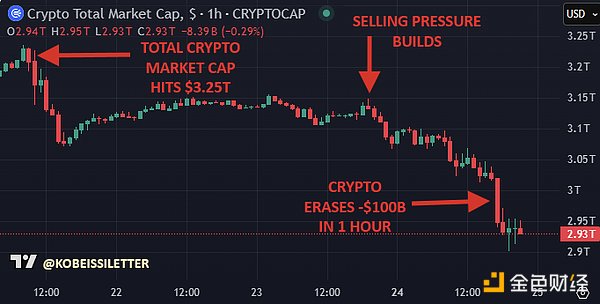
In the past 24 hours alone, we have seen about $150 billion evaporate from the cryptocurrency market. The sell-off was wide-ranging, with nearly all crypto assets falling sharply. Even the meme coin market seems to have lost a considerable portion of its liquidity.
So, what exactly happened? It all seems to have started with Solana, which has fallen 22% since Friday. During the memecoin craze, Solana showed extreme relative strength. However, as the memecoin craze faded, Solana also began to weaken. For a while, Solana's sell-off had little to do with Bitcoin.
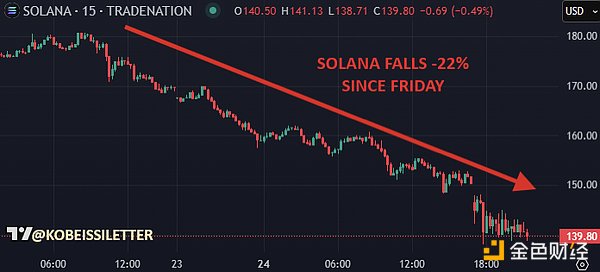
However, as the S&P 500 began to fall last Friday, Bitcoin also joined the decline. As shown in the figure below, the decline of the S&P 500 was accompanied by an acceleration of Bitcoin selling. Today, Bitcoin is losing its relative strength after falling below the $98,000 support level.
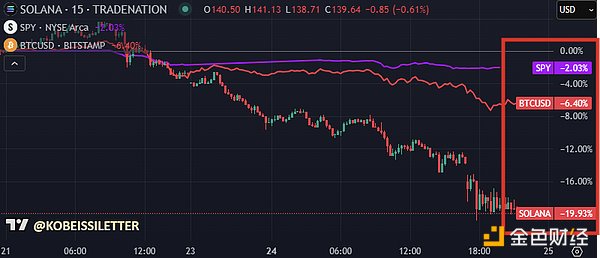
5. Hedge funds may close positions in Bitcoin ETFs
BitMEX co-founder Arthur Hayes posted on social media that many IBIT holders are hedge funds, who earn higher returns than short-term U.S. Treasuries by going long on ETFs and shorting CME futures. If the decline in BTC prices leads to a narrowing of the basis (i.e., the gap between ETF prices and futures prices), these funds will sell IBIT and cover CME futures. These funds are currently profitable, and given that the basis is close to the US Treasury yield, they will close their positions and realize profits during the US trading session.
6. Citadel Securities enters the crypto market
Oddly enough, this happened just hours after Citadel made a major shift in its cryptocurrency stance.
Today, Bloomberg announced that the $65 billion Citadel Securities is seeking to become a liquidity provider for Bitcoin and cryptocurrencies. The market sees this as a "sell the news" event.

7. Bybit hacker attack hits market sentiment
In addition, the Bybit hacker attack on February 21 also seems to have hit market sentiment. Arkham Intelligence called the attack the "largest financial theft in history" after the $1 billion theft from the Central Bank of Iraq in March 2003.

In fact, the amount of stolen funds involved in the Bybit hack was more than twice the amount of the second largest hack in the history of cryptocurrency. The previous largest cryptocurrency hack was the theft of $611 million from PolyNetwork in August 2021.
Ethereum's weakness has also put more pressure on the entire cryptocurrency market. The hacker attack has weakened market confidence.
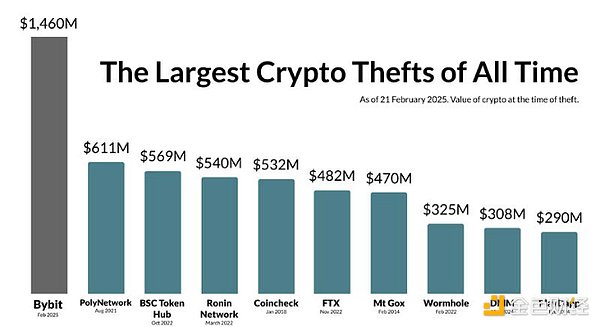
The technical side also seems to have lost momentum.
However, this does not mean that the cryptocurrency market will enter a long-term bear market. In this round of bull market, we have witnessed countless 10% corrections in Bitcoin. Technical corrections are benign and healthy.
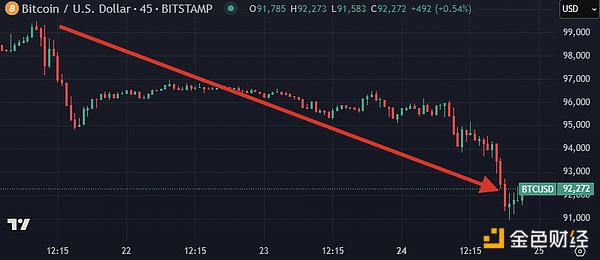
8. SBF returns to X platform
Most importantly, Sam Bankman-Fried returns to X platform.
Amid the cryptocurrency crash, SBF returns and says he has "deep sympathy for government employees." Meanwhile, DOGE and Elon Musk are preparing for more massive layoffs in the federal government.

Finally, risk assets such as Bitcoin are correcting as volatility returns to the stock market.
We saw historical levels of risk appetite in 2024 and continued into 2025.
The correction in risk appetite means less liquidity in the cryptocurrency market.
This has certainly happened before.
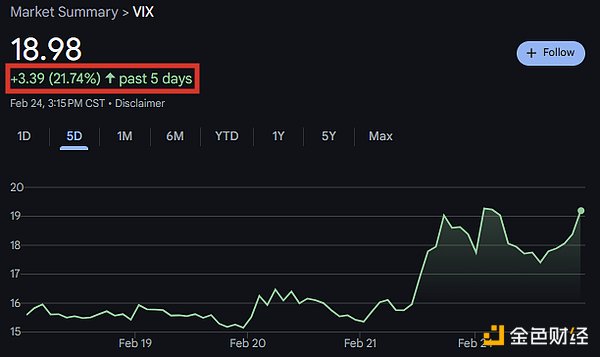
We all know that the cryptocurrency market needs liquidity to thrive. In general, there is no specific factor that is driving cryptocurrencies lower. Instead, it is a combination of factors that have led to a decline in liquidity.
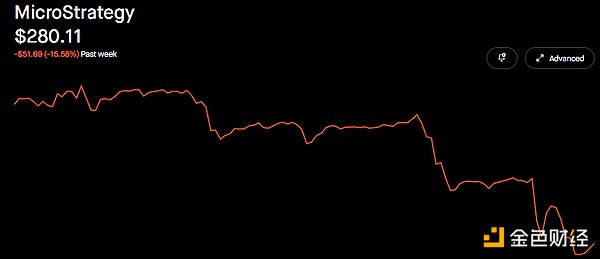
Finally, we end this article with a quote from Andre Dragosch: "The recent money supply has bottomed out, which means that the price drop of Bitcoin may not last long."
 Alex
Alex
 Alex
Alex Alex
Alex Hui Xin
Hui Xin Joy
Joy Brian
Brian Hui Xin
Hui Xin Joy
Joy Hui Xin
Hui Xin Joy
Joy Joy
Joy